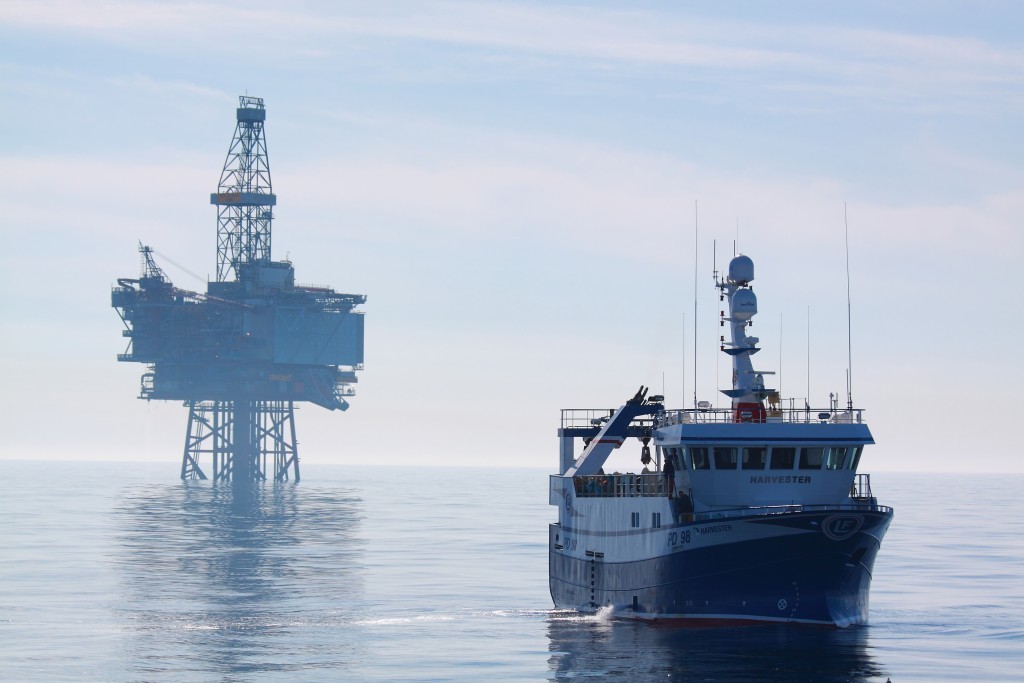
The Energy 2050 survey finds a roughly even split between those who see oil back over $100 per barrel by 2020, and those who see it trading in the (albeit rather wide) range of $60-100 per barrel.
Less than 10% of respondents expect prices to track under $60 per barrel.
Not unsurprisingly in the current environment much of the focus is on managing through the next five years, rather than the long-term dynamics of the industry.
A particular challenge remains for the higher-cost and mature areas like the North Sea where there is a clear need to address the cost, technology and ownership dynamics, but where confidence in the medium-term pricing environment is key to making the additional investments that are required to take advantage of the opportunities that still exist.
Similar questions will face other challenging high cost plays such as deep water. It took as much as five years following the recovery of prices in 1999-2000 for industry to feel comfortable that this was a new paradigm, and not about to return to the 15-year $20 per barrel environment that had preceded it.
Although not explicitly highlighted in the survey, one key aspect that could help the more challenged areas is that of Government involvement.
This is not simply a matter of tax/fiscal policy, although there may be a component of this, but also in the manner of regulation and “encouragement” of collaborative approaches through moving from the “me first” mentality to shared ownership of infrastructure and pooling of certain resources and services that holds back the smaller players in particular.
Price perceptions were sufficient (or, not insufficient, depending on your perspective) though to allow optimism in a number of international areas, including deep water Africa, the East African gas plays and the Middle East (half an eye on Iran, perhaps).
Despite some very large immediate challenges, industry players were still focused on how best to play the hand dealt and still take advantage of opportunities that are viable perhaps a little above current prices, but below the mountain-tops of the past several years.
Key among perceptions was the necessity to focus on using expertise and knowledge to improve performance, including by investing more on understanding reservoirs and being prepared to apply best technologies and recovery practices to optimise production, will be critical to the future of the industry.
Conversely, the survey also revealed something of a “haves” and have-nots” perception. For European investors, North America was seen as the least attractive investment environment for new business, as being “an already well-supplied and potentially over-supplied market”.
Thus, one of the key factors that has driven the success of the North American unconventional plays is seen as uninviting, even though this play is still likely to be one of the leading activity areas in the world for the next several years at least.
This is not the first downturn the industry has seen, and undoubtedly it will not be the last. While the impacts on peoples’ jobs is the least savoury aspect of this, a long period of high prices also tends to build in layers of fat that could usefully do with burning off.
There is no reason to believe that, whatever the profile of this downturn and subsequent recovery, things will be any different this time and the industry will emerge the stronger for it.
Bob George, executive director and senior strategic advisor
Recommended for you
